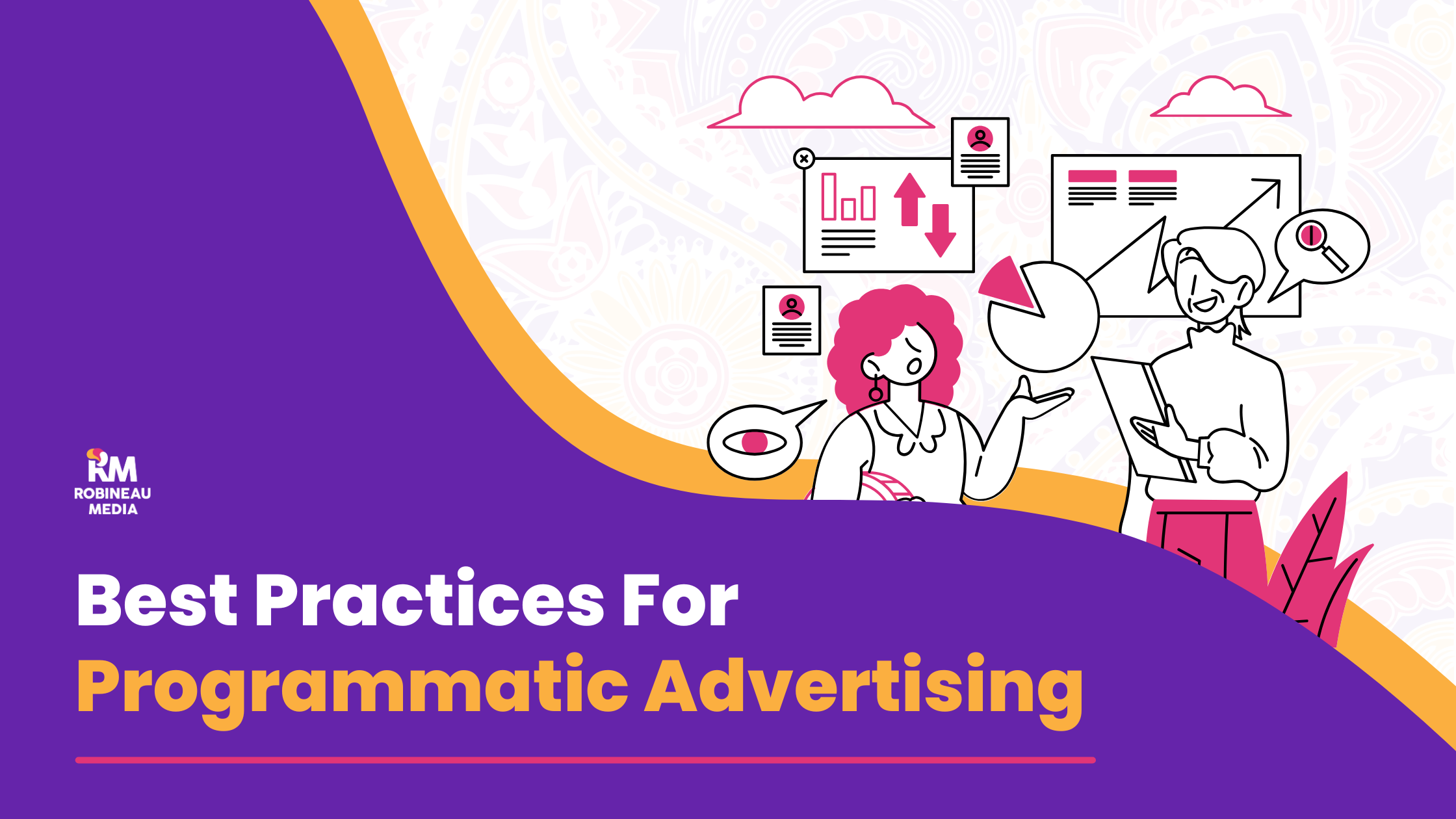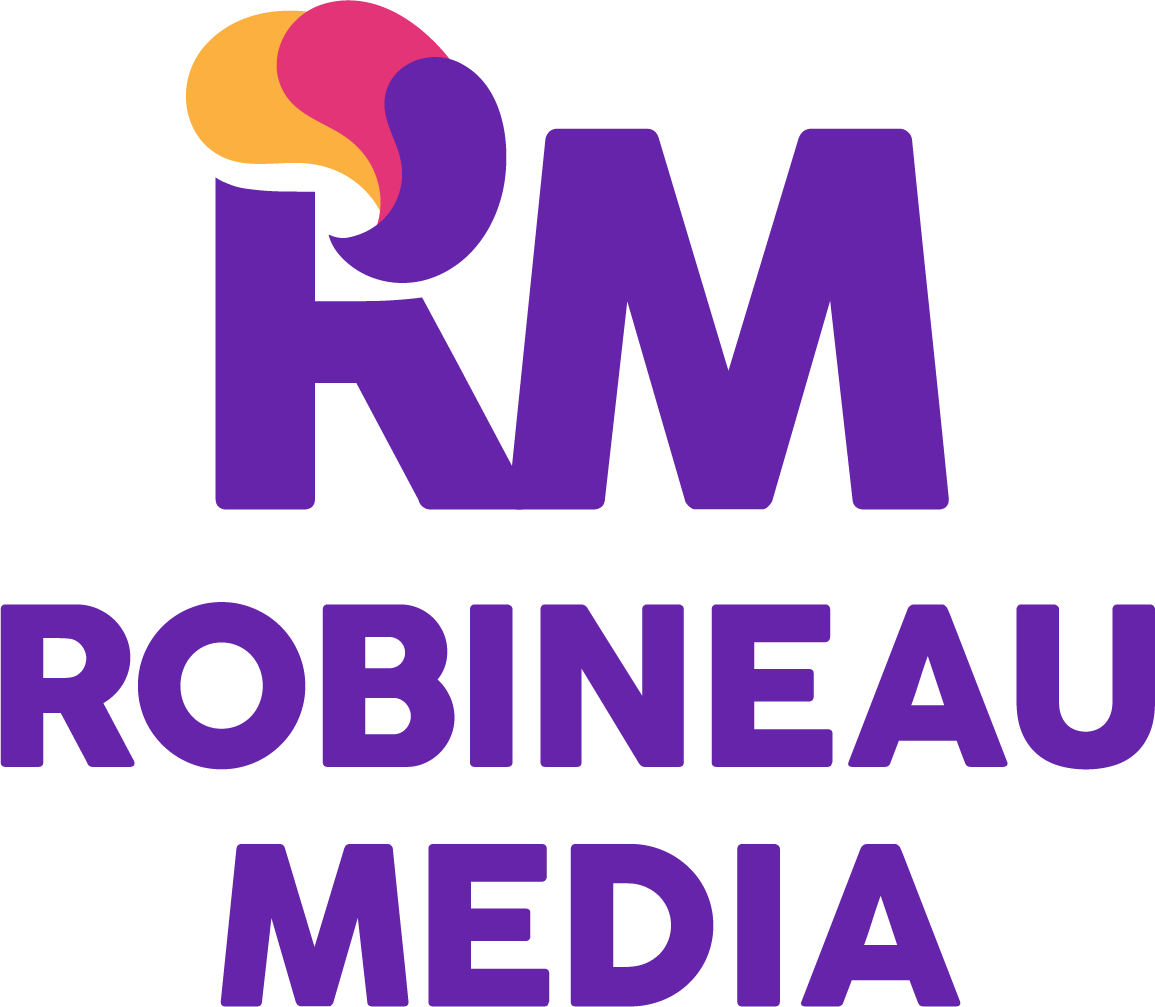
The way brands reach audiences has evolved—and if you’re still relying on old-school, manual ad buying, you’re leaving money and opportunities on the table. Programmatic advertising isn’t just a shift in how ads are bought; it’s a complete game-changer in how brands connect with the right people, at the right time, with the right message. It leverages automation, data, and machine learning to ensure that your budget works harder, your targeting is laser-focused, you can reach your audience anywhere and optimizations happen in real time—because in today’s fast-paced digital world, static campaigns simply don’t cut it.
But programmatic success isn’t just about flipping the switch and letting automation take over. It requires strategy, smart decision-making, and ongoing optimization. Whether you’re just getting started or looking to fine-tune your approach, this guide will walk you through the best practices that separate high-performing campaigns from wasted ad spend. Here’s our go-to guide for getting started with programmatic advertising:
Define Your KPIs (Because Guesswork Won’t Cut It)Before launching any programmatic campaign, you need a game plan. What’s the goal? Are you looking to boost brand awareness, drive website traffic, spark engagement, or increase conversions? Without a clear objective, even the best ad tech won’t get you the desired results.
Once your objectives are defined, set key performance indicators (KPIs) that align with these goals. Whether you’re tracking click-through rates, conversion rates, or engagement levels, having measurable benchmarks allows you to monitor progress and make data-informed decisions. Clearly defined objectives and KPIs help evaluate campaign performance and ensure that every dollar spent contributes directly to your overarching business goals.
Know Your Audience (Like, Really Know Them)One of programmatic’s most significant advantages is its ability to target specific audiences precisely. But to do that effectively, you need to go beyond surface-level demographics. Who are your ideal customers? What are their online behaviors? What devices do they use? The more data you have, the more tailored—and effective—your ads will be.
Quality Over Quantity: Choose the Right ChannelsWhen it comes to programmatic advertising, one size doesn’t fit all. The success of your campaign depends on selecting the right mix of ad formats and channels to reach your audience in the most effective way. The key is understanding where your audience is, how they engage with content, and which formats best align with your campaign objectives.
Choosing the Right Ad Formats
Different ad formats serve different purposes, and selecting the right one can determine how well your message resonates.
- Display Ads are a solid choice for building brand awareness. They’re highly visual, widely distributed, and work well to keep your brand top-of-mind.
- Video Ads excel at storytelling and engagement. Whether it’s a short, attention-grabbing clip or a longer, more immersive experience, video content is a powerful way to connect with audiences on OLV and streaming platforms.
- Native Advertising blends seamlessly into content, making it a less intrusive way to engage users. Sponsored articles, in-feed ads, and recommendation widgets often generate higher interaction rates because they feel like a natural part of the user experience.
- Audio Ads are becoming more popular with the rise of podcasting and streaming services. If your audience listens to music or podcasts regularly, this format provides an opportunity to connect without requiring a screen.
Optimize or Fall Behind
Success in programmatic advertising isn’t about setting up a campaign and hoping for the best. It’s about constant refinement. By continuously analyzing performance data, you can spot trends, fix inefficiencies, and make real-time adjustments to maximize results.
Start by building a strong analytics framework that tracks everything—impressions, clicks, conversions, and cost-per-action. Regular performance reviews help you identify what’s working and what’s not. A/B testing different creatives, adjusting bidding strategies, and fine-tuning audience segments are all essential to improving campaign performance.
Automation and machine learning can take optimization even further. These tools analyze massive amounts of data in real time, adjusting bids and targeting automatically to ensure your budget is being spent where it delivers the most impact.
Continuous optimization isn’t just about better short-term results—it’s about setting your campaigns up for long-term success. At Robineau Media, we make data-driven decisions that keep your ads performing at their peak. Let’s refine your strategy and drive better outcomes.
Don’t Set It and Forget It
Programmatic advertising isn’t a “launch and leave” strategy. For best results, you must regularly monitor your campaigns, analyze performance data, and make necessary adjustments. Look out for wasted spend, adjust bidding strategies, and continuously refine targeting parameters. The best campaigns are those that evolve.
Creative Still Matters—A Lot
All the targeting in the world won’t save a bad ad. Your creative needs to be engaging, relevant, and tailored to the platform and audience. Test different variations, experiment with A/B testing, and make sure your message resonates. Personalization is key—people expect ads that feel relevant to them.
Programmatic advertising isn’t just about automating ad buying—it’s about using data, technology, and strategy to create smarter, more effective campaigns. By following these best practices, you’ll drive better results and ensure that your brand stays competitive and memorable.
Ready to revolutionize your digital strategy? Reach out today, and let’s build your digital strategy together!

